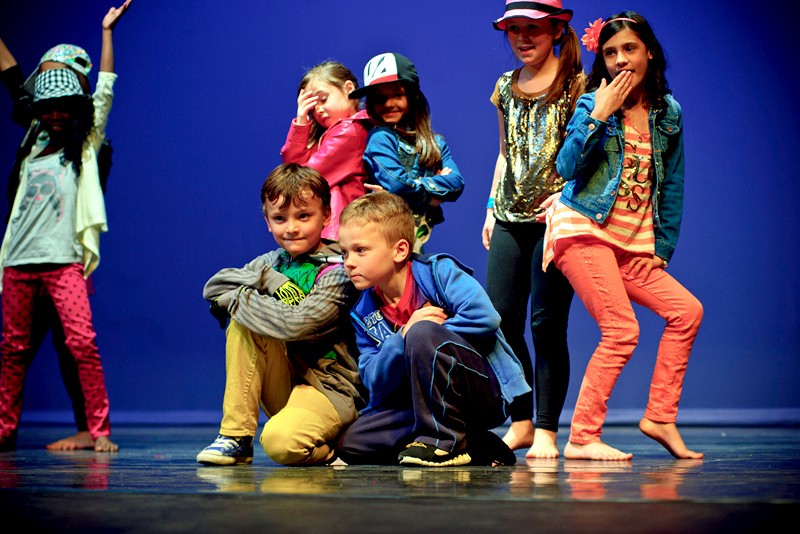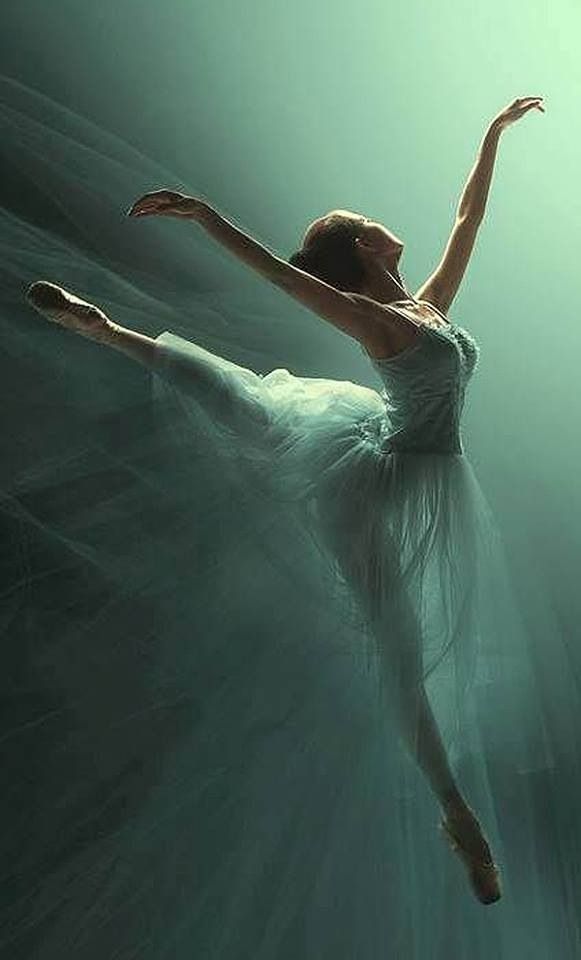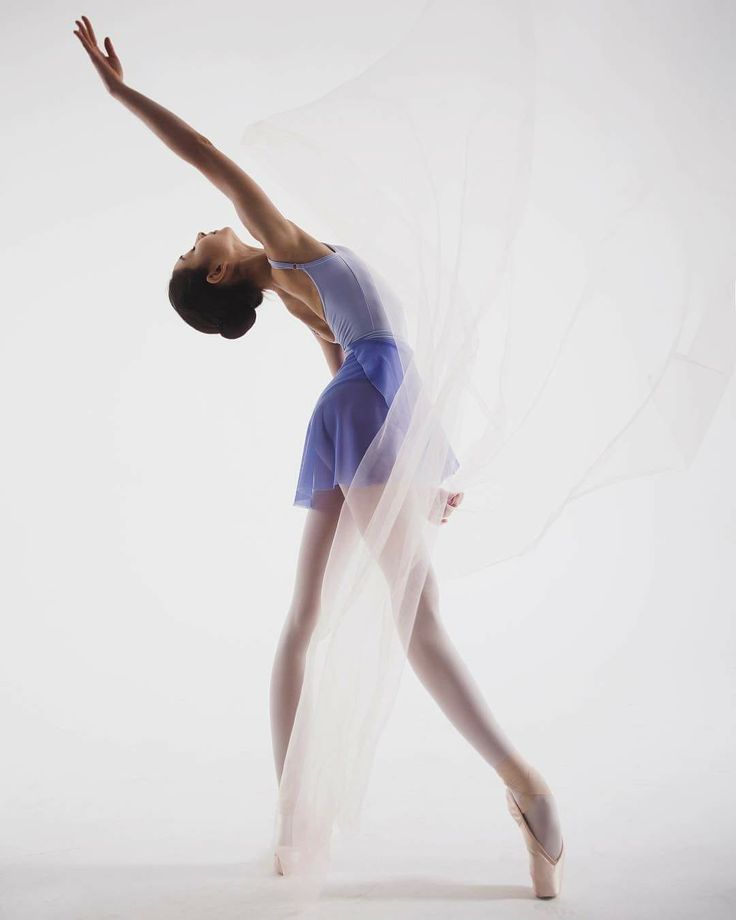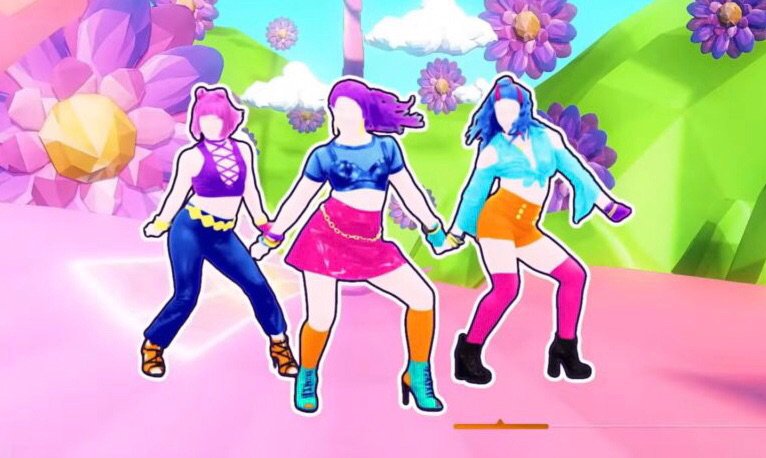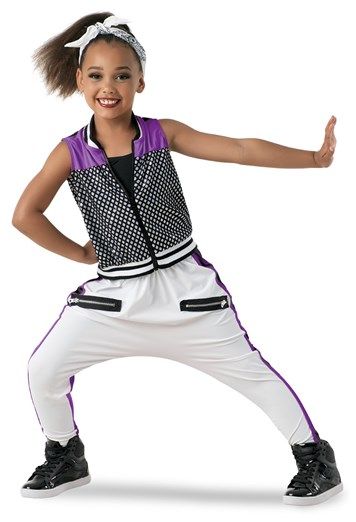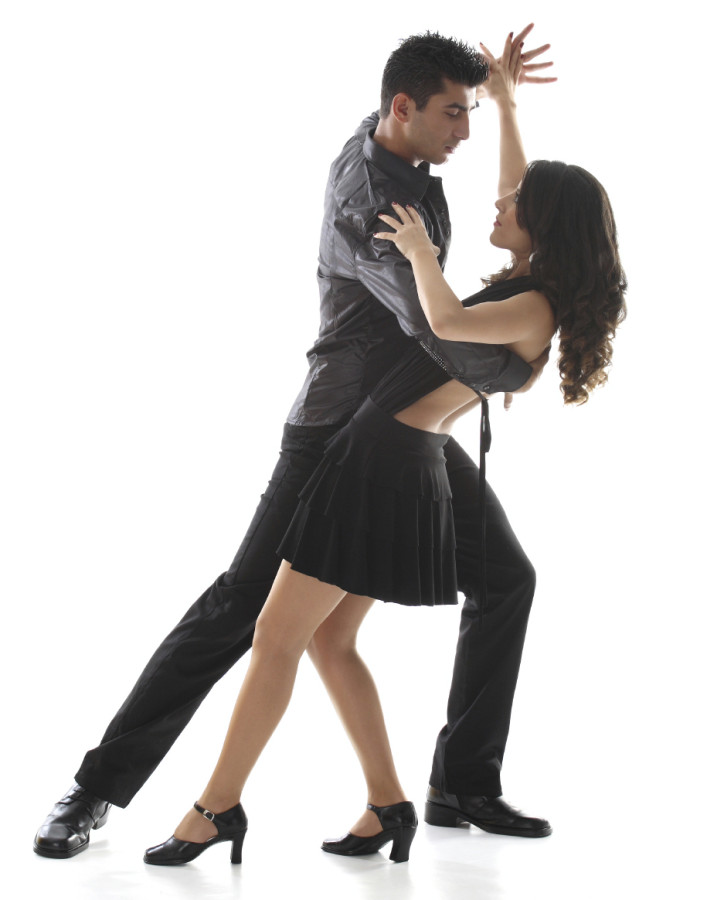How to dance in time
Learn to Dance the Minuet, the Waltz, The Quadrille, The Castle Walk, and Many Other Classic Styles
Price: $229.70 Quantity:This 6 DVD set includes:
Volume I: The Romance Of Mid-19th Century Couple Dances
Volume II: Dances Of The Ragtime Era 1910-1920
Volume III: The Majesty of Renaissance Dance
Volume IV: The Elegance of Baroque Social Dance
Volume V: Victorian Era Couple Dances
Volume VI: A 19th Century Ball: The Charm of Group Dances
DVDs in the How to Dance Through Time series are video tutorials for dances from the Renaissance to Ragtime Eras, including the Quadrille, the Waltz, French Baroque dances, and 19th century Ballroom dances. Each dance is introduced with a concise, historical overview and illustrated with authentic photographs and drawings. The steps were carefully researched from period manuscripts and are careful representations of historical dance. Close up and slow motion views make learning the moves simple and fun.
Most people who buy How to Dance Through Time DVDs also buy the Companion CDs.
With 40 years of experience teaching and performing dance, Carol Téten provides context and gives simple instructions to dance beginners. Professional dancers demonstrate, following her lead.
Run-time: 4 hours and 51 minutes on 6 DVDs
Each of these 45 minute splendidly presented videos easily permit the viewers to achieve competency and fluency in these period dances and are highly recommended additions to personal, professional, dance school, public Library, academic, and community theatre video reference collections. The Midwest Book Review
Very explicit and detailed instructions for each step and dance. Each step is shown front and back, fast and slow, without and with music. The steps are then built into entire dances. Finally the completed dances are shown in full with authentic period costuming and music.
These tapes will be of primary interest to instructional dance collections and those concerned with dance and social history. Anyone with an interest in social history and culture will greatly enjoy these glimpses into the past. Library Journal
These instructional videos will be invaluable to choreographers who create dances for period films or for cotillions and charity balls. They preserve the art form and provide the story of the cultural phenomenon, thus making a perfect addition to dance, design, and anthropological libraries. Dance On Camera Journal
Social dance, history, technique, and researched choreography all come together in Dancetime Publications’ latest videos….this ideal addition to any traditional ballroom dancer’s video collection. Dancing U.S.A.
In fact, through well organized instruction, professional cinematography, sumptuous period costumes, and the cheerfully stentorian narration of Dance through Time founder Carol Téten, they provide an unexpectedly engaging look of dance forms of times past.
Dance Teacher Now
Back to Top
Time - The Elements of Dance
| The keyword for the element of time is When? Human movement is naturally rhythmic in the broad sense that we alternate activity and rest. Breath and waves are examples of rhythms in nature that repeat, but not as consistently as in a metered rhythm. Spoken word and conversation also have rhythm and dynamics, but these timing patterns are characteristically more inconsistent and unpredictable. Rhythmic patterns may be metered or free rhythm. Much of western music uses repeating patterns (2/4 or 3/4 for example), but concepts of time and meter are used very differently throughout the world. Dance movements may also show different timing relationships such as simultaneous or sequential timing, brief to long duration, fast to slow speed, or accents in predictable or unpredictable intervals. |
Time may also be organized in other ways including
- Clock time: The dance is based on units of seconds, minutes, and/or hours. For example, a certain section of a dance may be assigned a time such as 30 seconds into which all the choreographed movement must fit. A performance in a public setting may be set up to repeat continuously between 12:00 Noon and 1:00 PM.
- Sensed time: Dancers pick up on each other's timing such as gradually increasing from a walking tempo to a running tempo by cueing off each other rather than a music score. Another example happens when dancers hold a group shape then spontaneously move out of it based on the group's organic impulse.
- Event-sequence: An internal or external event signals a change such as repeating a traveling phrase over and over until everyone arrives at a corner of the stage.
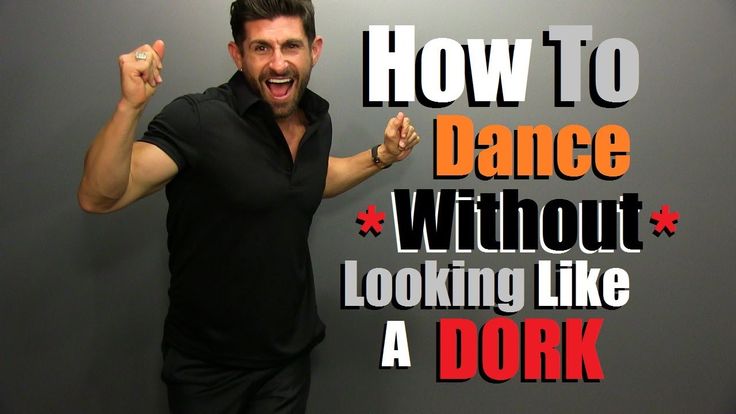 You also see this at sports events when a touchdown triggers a dance cheer.
You also see this at sports events when a touchdown triggers a dance cheer.
|
The Artist & Educator Institute - photo by Steve Mortensen | Dancers may take sight cues from each other to start the next phrase or listen for music cues. They may even take cues from an event such as a train whistle during an outdoor dance performance. The inherent rhythms in our movement and our aural landscape are a rich source of variation in dance. Watch this video, then:
| ||||
Seeds of Wind (excerpt)
Choreography: Wynn Fricke in collaboration with the dancers
Music: Composed and performed by Peter O'Gorman
Dancers: Zenon Dance Company including
Mary Ann Bradley, Bryan Godbout, Greg Waletski, Amy Behm-Thompson
Hanging Chimes: Dean Hawthorne
Videography: Jim Peitzman
Dances
Author: Pavel Gather
Psychologist, Lecturer Salsa and Tango
Dances
Author: Pavel Pavel
Psychologist, Lecturer Salsa
on At the start, you always want to get a quick result. When it doesn't happen, the hypothesis arises that everything takes time. After a conditionally acceptable time, humility comes to mastering pair dances, which, perhaps, is not given, and I will just do what I learned somehow.
This is the most common story of those who believe that the mere act of attending a pair dance class is enough to learn how to dance.
Absolutely not. If you want to really dance well, you have to make an effort outside of the dance class. A good teacher will definitely be needed, but the initiative should be on your side.
1. Listen to music
The most common and accessible advice that is given already in the first lessons. And it definitely works. Music creates a certain atmosphere of the dance and intuitively you want to move to it. It doesn't matter where you listen to music - in the car, on headphones while walking or doing household chores.
An addition that will help you dance better is your active participation in the music. Sing along, dance or simply beat musical accents with any free parts of the body. In the subway, for example, it is enough to tap out bright moments with your fingers, in the car to sing along with sounds, and at home you can jump for pleasure.
2. Watch videos of good dancers
It's complicated, but also obvious. It’s more difficult, because without recommendations from more experienced dancers, unfortunately, it’s not so easy to find a good quality video on the net (I mean not the resolution quality, but the content itself).
Meaningful video viewing is about building an understanding of HOW dancers make a particular impression on a partner or viewer. Technology is at the heart of everything. Understanding how the pros do it is a big step forward.
It is important to distinguish a show from a disco dance, a staged performance from an improvisation, a stylized dance from an authentic one, etc. Ask for recommendations and dance teachers will always throw off a couple of videos of worthy landmarks.
Tango Z. Showreel.
Online modern tango courses
Tango nuevo is the most advanced version of tango. We can quickly learn to dance from zero to a steep level.
| View details |
3. Dance in salsatecas/milongas/discotheques
A very delicate moment when it is worth coming to the first party. From a technical point of view, most students in 1-3 months have a sufficient set of figures and techniques to come and dance calmly. Psychologically, the same moment can be stretched out for an indefinite time. After all, it is imperative to “not lose face”, “learn more figures” and be sure what to do in case “there is an unfamiliar movement”.
In fact, the partygoers don't really care (except for a small layer of non-professional teachers who want to help inexperienced dancers by treating them as customers in the future). It is important to come and try dancing after a month of classes. You can only with friends or guys from your group. This will be enough to feel the adrenaline and inspiration from the dance.
4. Dance with partners or partners not of your level
The conventional wisdom that you need to practice in groups of your level does not withstand the test of experience. Perhaps now your eyes widened in surprise, and you want to meaningfully read the phrase again. Yes, you saw everything correctly: when you dance with a partner of your level, you don’t grow anywhere.
Perhaps now your eyes widened in surprise, and you want to meaningfully read the phrase again. Yes, you saw everything correctly: when you dance with a partner of your level, you don’t grow anywhere.
It's important to understand that not only does it work one way and you have to dance with cooler dancers, but it works even more effectively the other way. It is no coincidence that teaching pair dances dramatically raises the level of the teacher himself. You have an endless stream of very beginner dancers.
How it works. A more experienced partner needs to be "stretched". It's easy and obvious. With beginners, you need to take more initiative on yourself, see the general pattern of the dance more widely, turn on and insure more, try to be an example and be more careful. The quality of interaction begins to grow significantly. And wonderful partners too.
Dancing with partners of your level doesn't make you grow. Dance with both beginners and more advanced dancers
Dominican Bachata Women's Style Online Course
Want to learn how to hypnotize those around you with the most appetizing part of your body? On the course we will tell you all the secrets.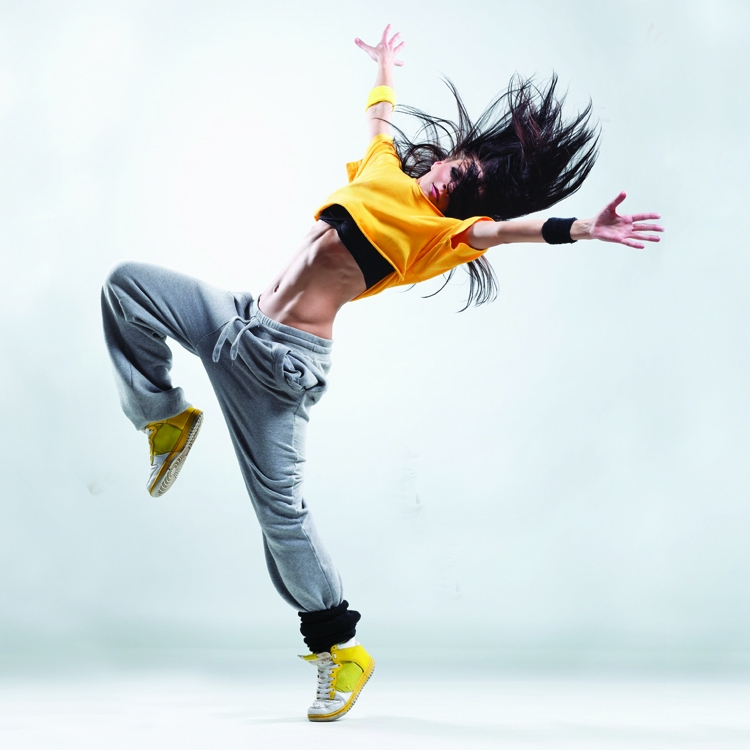
| Interesting |
5. Learn to dance for a partner and for a partner
Turks and Argentines are one of the best partners in the world. In Russia, partners are highly valued. Why? The answer is simple. In Argentina and Turkey, it is not questionable for men to ask another man to lead in one piece or another and give feedback on the quality of the lead. For them, it will be a great shame to hear moralizing from a partner, or even more so to be known in the community as an insecure partner.
In Russia, due to the constant, often far-fetched, opinion that there are more women in pair dances, partners calmly get up and study their partner's part. Such partners then grow into very cool dancers and teachers. In no case do this at parties, only in class. Here we are talking only about the learning strategy. At parties, be yourself.
6. Do not memorize the links
Always try to look deeper and understand the through principle and idea of movement. Understanding what and how is done will make it possible to independently generate any sequences and chips.
Understanding what and how is done will make it possible to independently generate any sequences and chips.
Human memory is limited and there will always be a moment when something will escape and your repertoire will be limited by the size of RAM.
In Argentine tango, for example, there are seven levels of movement construction that, when mastered, will allow you to make millions of combinations. And how many dance sequences can you really remember? In rueda, more than 150 figures dance in a rare circle. It's hard to keep more in mind.
7. Develop your body
Many years of experience in teaching couple dance shows that as soon as everyone pairs up in a class, any progress in individual style ends. But it is the individual style that distinguishes everyone at the disco: partners change, and style is always with you.
The body as the main instrument of dance must be very plastic, responsive and emotional. Surprisingly, not all pair dance schools have a general physical warm-up. It is vital to tune the body and understand how it works.
It is vital to tune the body and understand how it works.
You can always train extra and concentrate more on the basic steps, as their true value is as body work. The sequence of steps is, in fact, the simplest thing that can be in pair dancing. The quality of individual performance determines the craftsmanship.
8. Try on the images of inspiring dancers
A psychological life hack for those who have already mastered the steps, but still feel that there is not enough brightness and drive. Most are terribly afraid of being someone else's "clone". Here the action is the same as under the influence of hypnosis - the more you resist, the more you plunge into an altered state of consciousness.
With a high degree of probability, you are already dancing like someone else's "clone". A meaningful fitting of someone else's image is that you mentally take the image of the one who inspires you (inspiration is critical in this case) and "put on" yourself. Then you start dancing and trying to feel in general how it is to be able, for example, to be the best partner or the sexiest partner in a disco. This is much more difficult than it seems. But it works extremely efficiently.
Then you start dancing and trying to feel in general how it is to be able, for example, to be the best partner or the sexiest partner in a disco. This is much more difficult than it seems. But it works extremely efficiently.
9. Dance to offbeat music
Habitual rhythms keep you tight. Tango salon or speedy timba leave little room for experimentation and fantasy. Pattern dancing is always noticeable and is reserved for beginners.
The truly new is born outside of the usual. Look for places to experiment. If there is no place, organize self-training. The main thing is not to get carried away, because music determines the style. We bring something new to pair dances, rather than trying to change them.
Search, improvise, don’t be afraid to go beyond, develop in different directions, be inspired by music atypical for the style
10. Try your hand at basic dance directions
dances exist according to their own non-choreographic laws.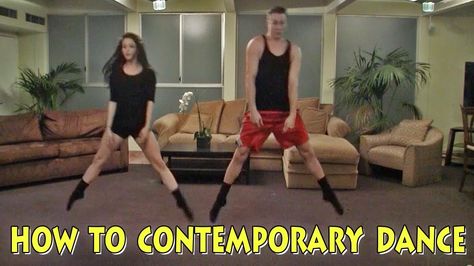
This is the deepest delusion, which has turned into a ceiling for the qualitative development of partner dances. After all, all professional dancers, for example, in salsa or bachata, build their ideas on the basic choreographic principles.
Do not think that choreography is only applicable on stage. Any meaningful movement of the body can be choreographic. In general, try classical or modern choreography. Basically, hip-hop can work too.
11. Look for battle sensations
Pair dances return us to an active position of manifestation of our body. As in the days of our ancient ancestors, we impress the members of the opposite sex by how dexterous, hardy, sexy, etc. we are. Modern laws of the jungle in the entourage of large cities.
If you look around the dance floor, it becomes clear that the majority are clearly herbivores (not in the sense of vegetarians, but in relation to those around them). I am sure that predators are always more interesting in terms of the attractiveness of the image - try to find a counterbalance among herbivores, for example, a cat woman or a lion man.
I am sure that predators are always more interesting in terms of the attractiveness of the image - try to find a counterbalance among herbivores, for example, a cat woman or a lion man.
The conversation is about an internal position, not about aggressiveness. Lability and lack of control are inherent in adolescents, and not in adult self-sufficient people.
Accordingly, even a training or friendly battle gives, on the one hand, practical skills - to make a bright sequence of movements, bring an idea to a climax, show a spectacular feature, on the other hand, develops the psychological basis of the dance - self-confidence, resistance to extraneous attention, self-control and self-control in complex elements.
12. Communicate with professionals
The environment shapes the internal position. Basically, real passionaries of the dance community are ready to openly talk, discuss and support the development of dance in every possible way.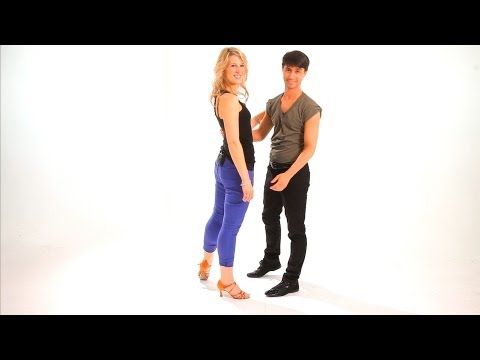 Universal principles and the ideas they articulate have a much longer and more practical perspective than meets the eye.
Universal principles and the ideas they articulate have a much longer and more practical perspective than meets the eye.
Accept that, for example, behind the words "listen to your partner" is not only a beautiful metaphor, but also a practical skill to literally listen to your partner. At the same time, always treat every thought, even the most respected teacher, as a private opinion.
Your skill will lie in finding the scope of the idea even in conflicting opinions. Most often, the contradiction is speculative and the truth lies in the angle of perception or situationality.
Your dancing growth will stop sooner or later. This can happen at the level of three basic steps or years of experience in teaching and show performances. Regardless of your level, the suggested 12 life hacks can get you off the ground and greatly accelerate your dance growth. There is no way here without your motivation and activity. Take your dance development into your own hands. 9Ol000 Dangerous sexuality
Salsa: destroyers of stereotypes
Couple dancing as a source of strength.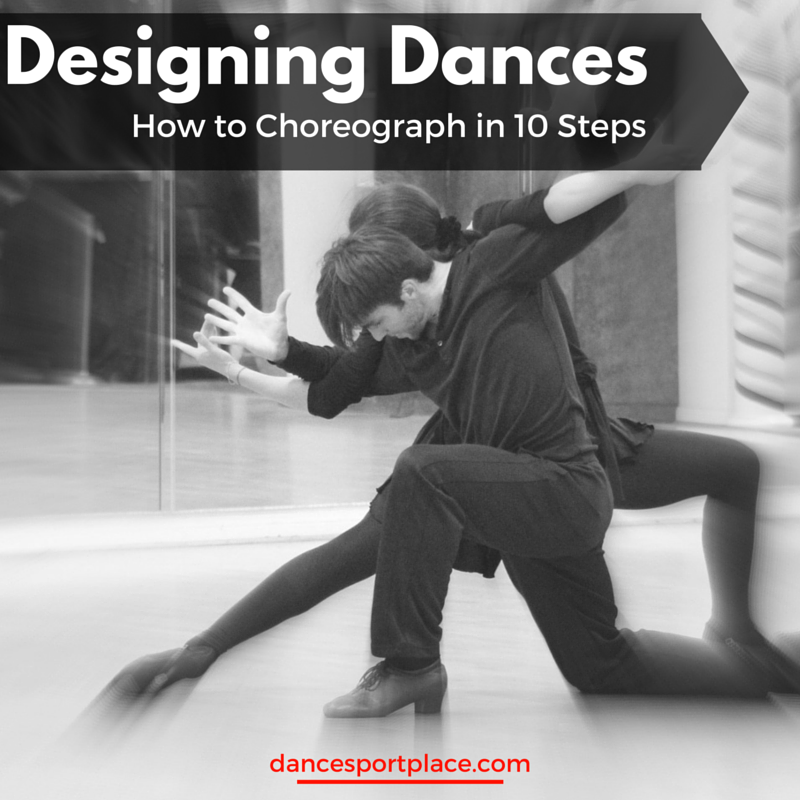
Self-destruction of the couple dance community
The Salsa series as a mirror of the community
Mamita Fridays: salsa, bachata
Destroying the myths about leading pair dances
Does dancing make us better?
The seven deadly sins of teachers
Why we will never dance bachata like the Dominicans
Why tango?
Dispute over musicality
Selection of dances according to alcohol preferences
Where to find inspiration for dancing?
Terrible tango nuevo
Distribution of roles in a salsa party
Argentinean tango through the eyes of a salsa dancer
Is there a predisposition to dancing?
Which is more effective: individual or group lessons?
Sexual overtones in partner dancing
How to deal with tension while dancing
Many dancers, even very experienced ones, have such a problem as fear of the audience, excitement before going on stage or even during training, and the tightness that follows from this, which literally breaks the whole dance. Here you are standing on the floor, or even in an ordinary rehearsal room in front of the coach, and you start thinking that you are in the spotlight, that everyone is looking at you, how you look now, how not to forget the movements, get into the rhythm, etc. d. Bottom line: panic, stiffness, unnaturalness and nervousness. Familiar? Then this article is for you.
Here you are standing on the floor, or even in an ordinary rehearsal room in front of the coach, and you start thinking that you are in the spotlight, that everyone is looking at you, how you look now, how not to forget the movements, get into the rhythm, etc. d. Bottom line: panic, stiffness, unnaturalness and nervousness. Familiar? Then this article is for you.
So, what do you do to calm down, gain confidence and finally enjoy the dance itself, and maybe even the realization that everyone is looking at you and your great performance? There are several ways.
Relax
Try to learn (learn very well) the movements themselves first. Let it be a little "wooden", that's okay. And then, when the movements reach automatism, try to relax, treat the dance with calmness. Feel the music, immerse yourself in it. Movement will become much more relaxed and natural. The main thing is not to overdo it with "carelessness", you need to find a middle ground between ease and tension, which is also necessary in moderation.
Go to dance parties, dance floors, discos
Go to discos more often, where there are many people like you, where you have the opportunity to relax and try dancing for yourself. Surely, when you dance, being alone, for example, at home, you do it easily and freely, and you get upset that it is much more difficult to do it in public. When you are at a disco, in a noisy crowd, among hundreds or dozens of people, no one will notice your mistakes, no one will correct and judge you, like in an exam. So you can just forget yourself and feel confident, as if no one is looking at you.
Improvise
Improvisation is a very rewarding experience. Turn on good, dynamic music and dance the way you want, the way you feel. Even if there are no such movements in a particular direction of dance, it does not matter. The important thing is that it relaxes well, helps to feel your body, establishes a dialogue between the mind, feelings and body. To know your body, to be able to fully - both physically and emotionally, to immerse yourself in music - is necessary for any dancer.
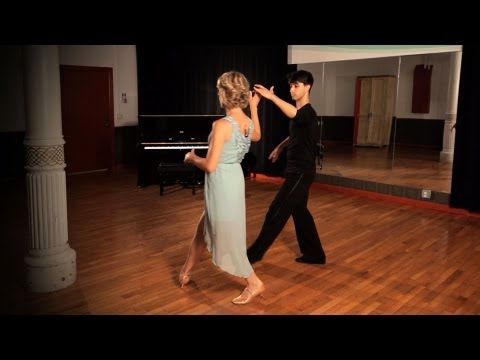
 pdf
pdf
